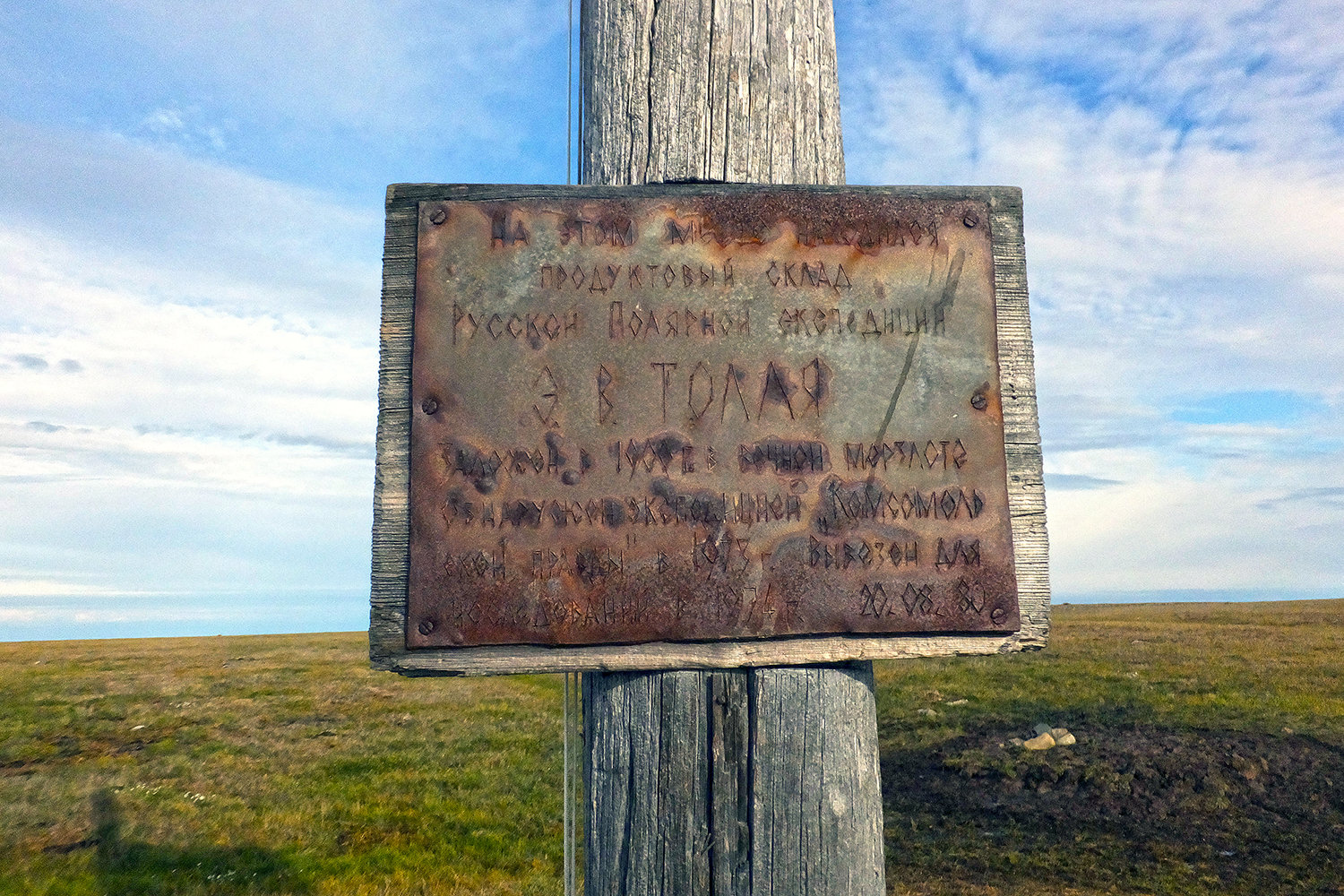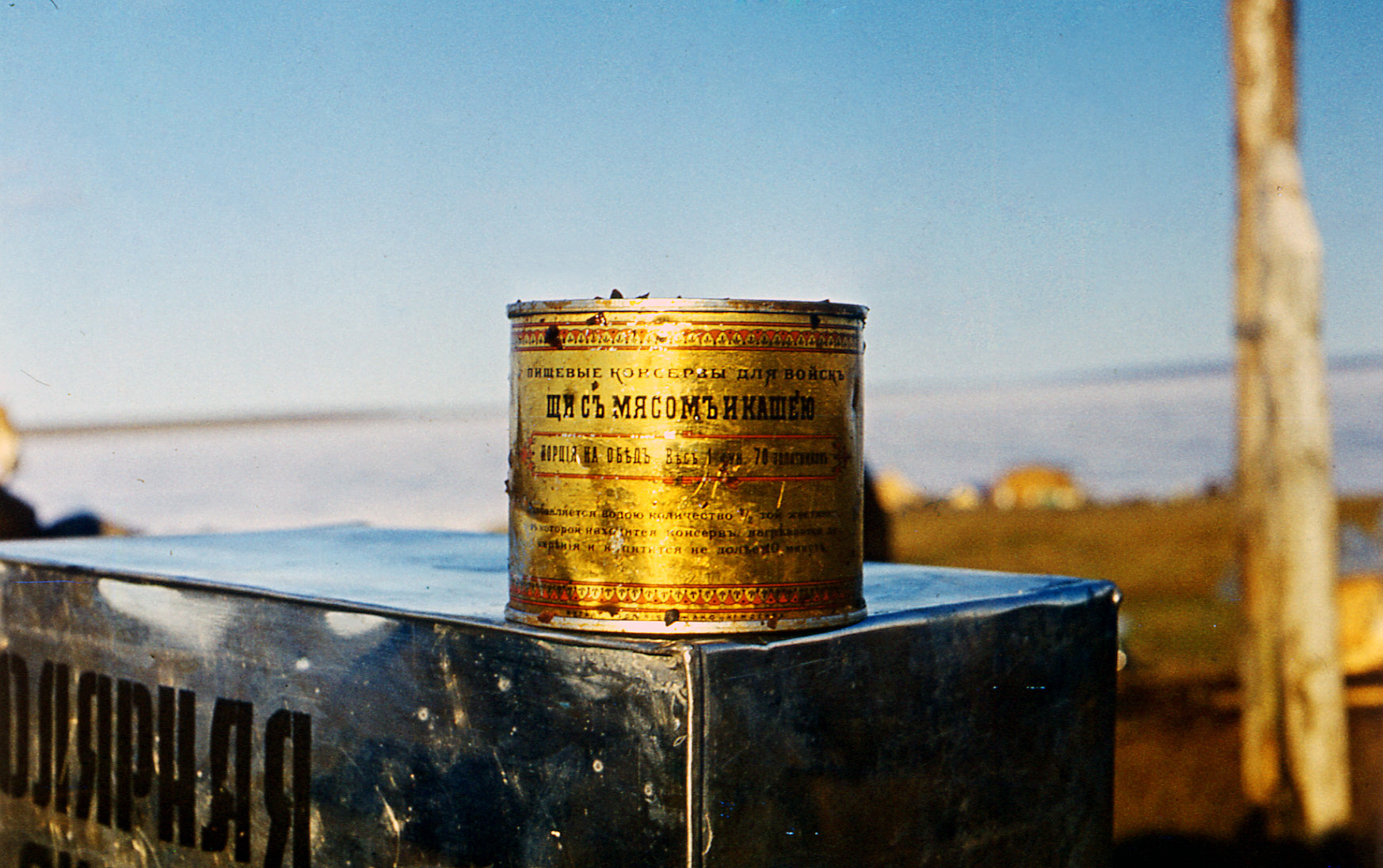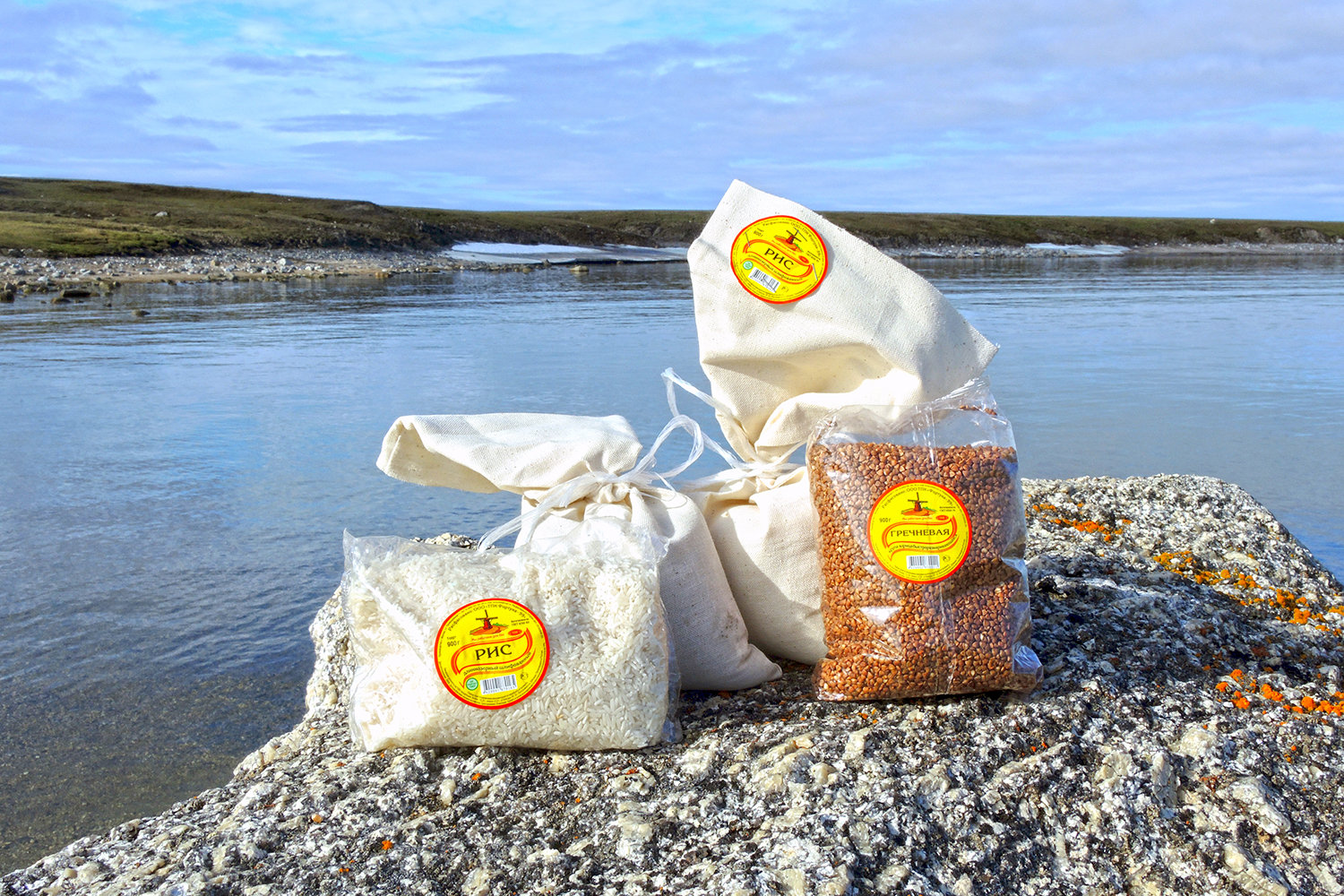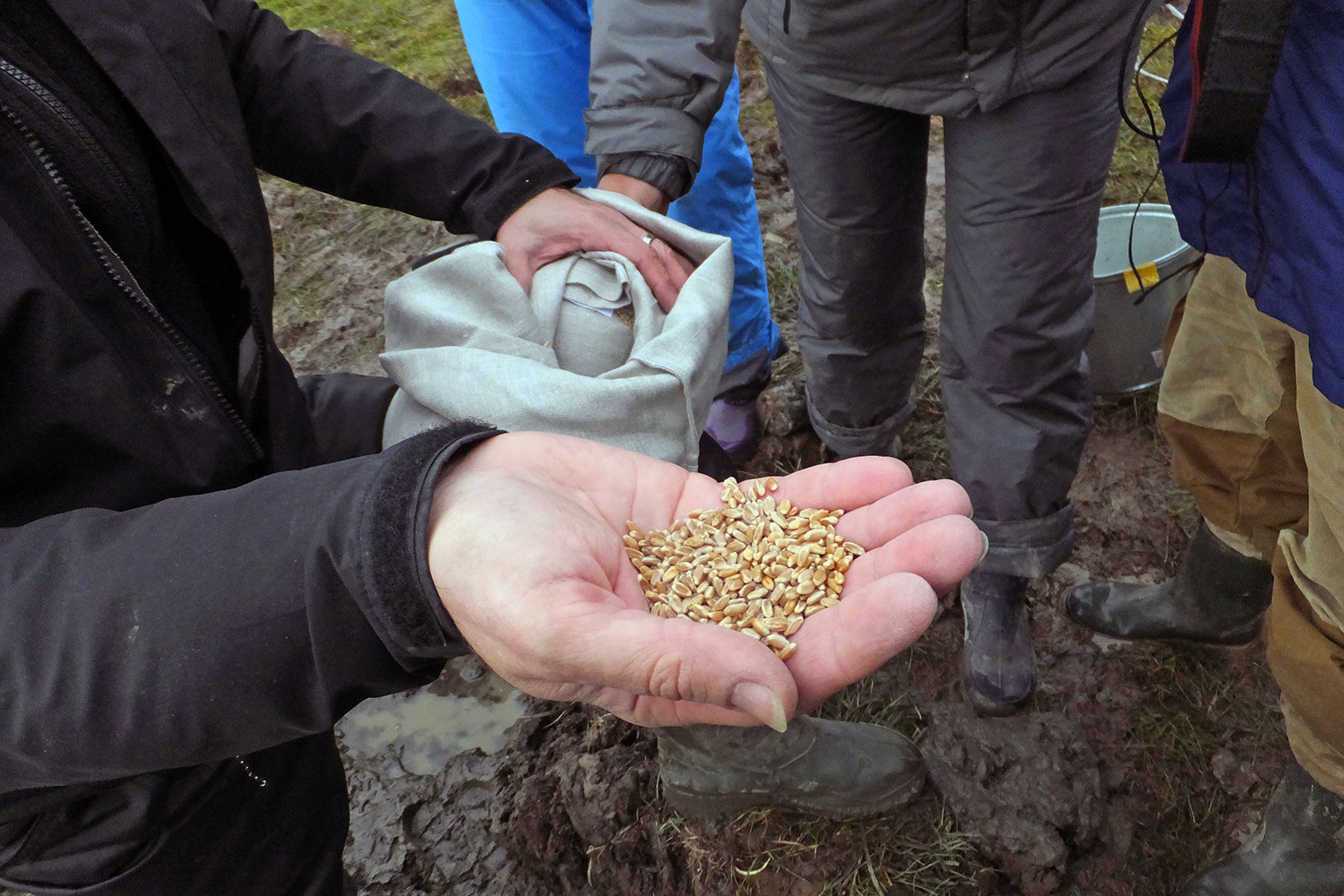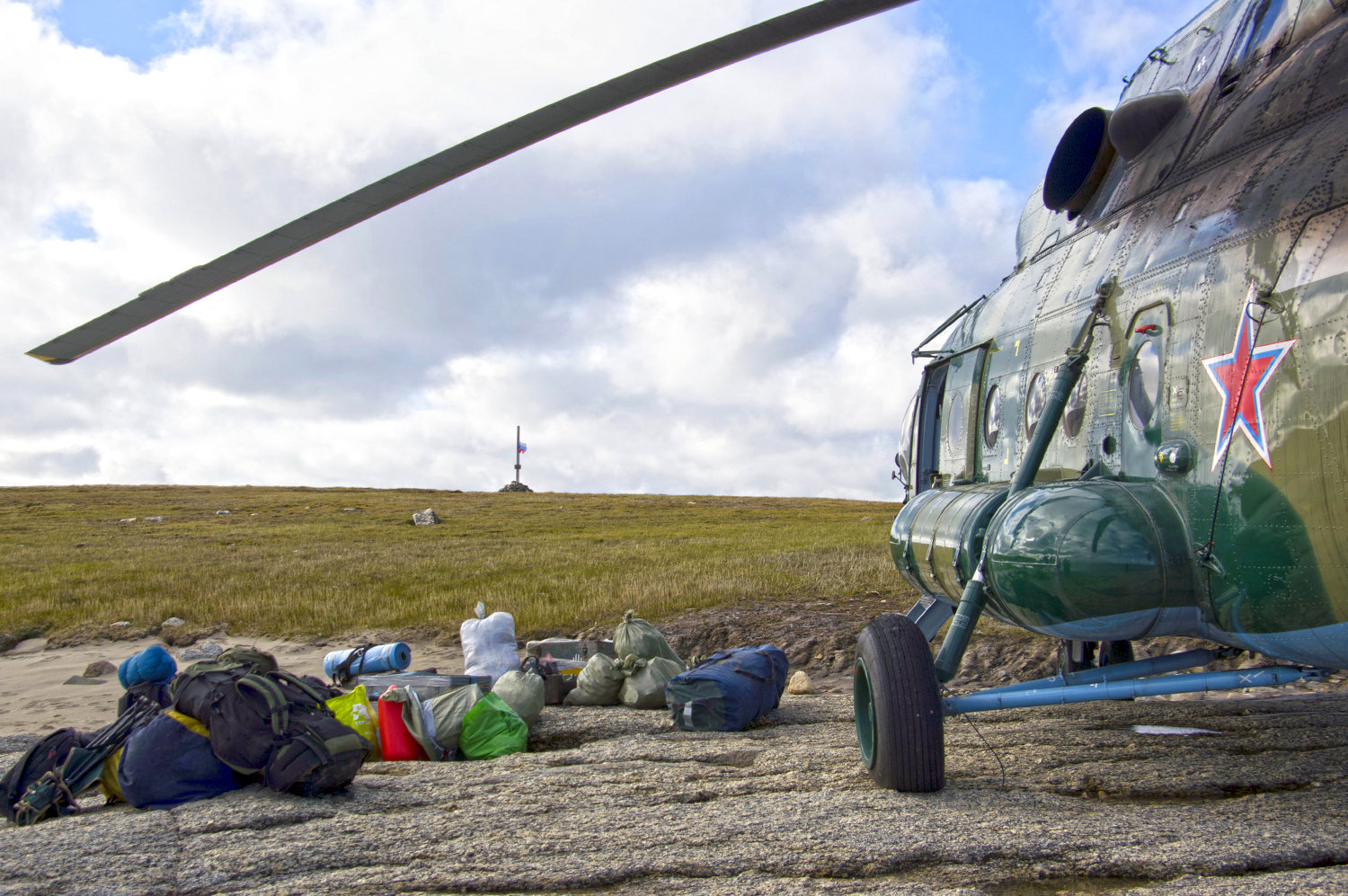The experiment studies numerous food varieties, including cereals, grain, flour, pasta, vegetable oil, meat and fish cans, condensed milk, candies, tea, baby food and food for athletes.
All of them can be stored effectively inside permafrost. In 2016, experts from the Research Institute for Storage Issues expanded the experiment and added various other types of manufactured goods, including rubber, wool, transmission oil, flash drives, CDs, DVDs and Blu-Ray disks. Some goods are stored inside modern packs.
"Our goal is to see how food packages would interact with permafrost, and it is possible to extend food's shelf life by upgrading tin and varnish layers. Storage parameters have been stipulated, the food production process is underway, and what we need is food crates and packages," Ulanin said.

